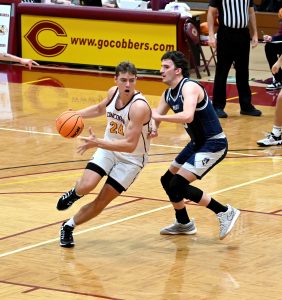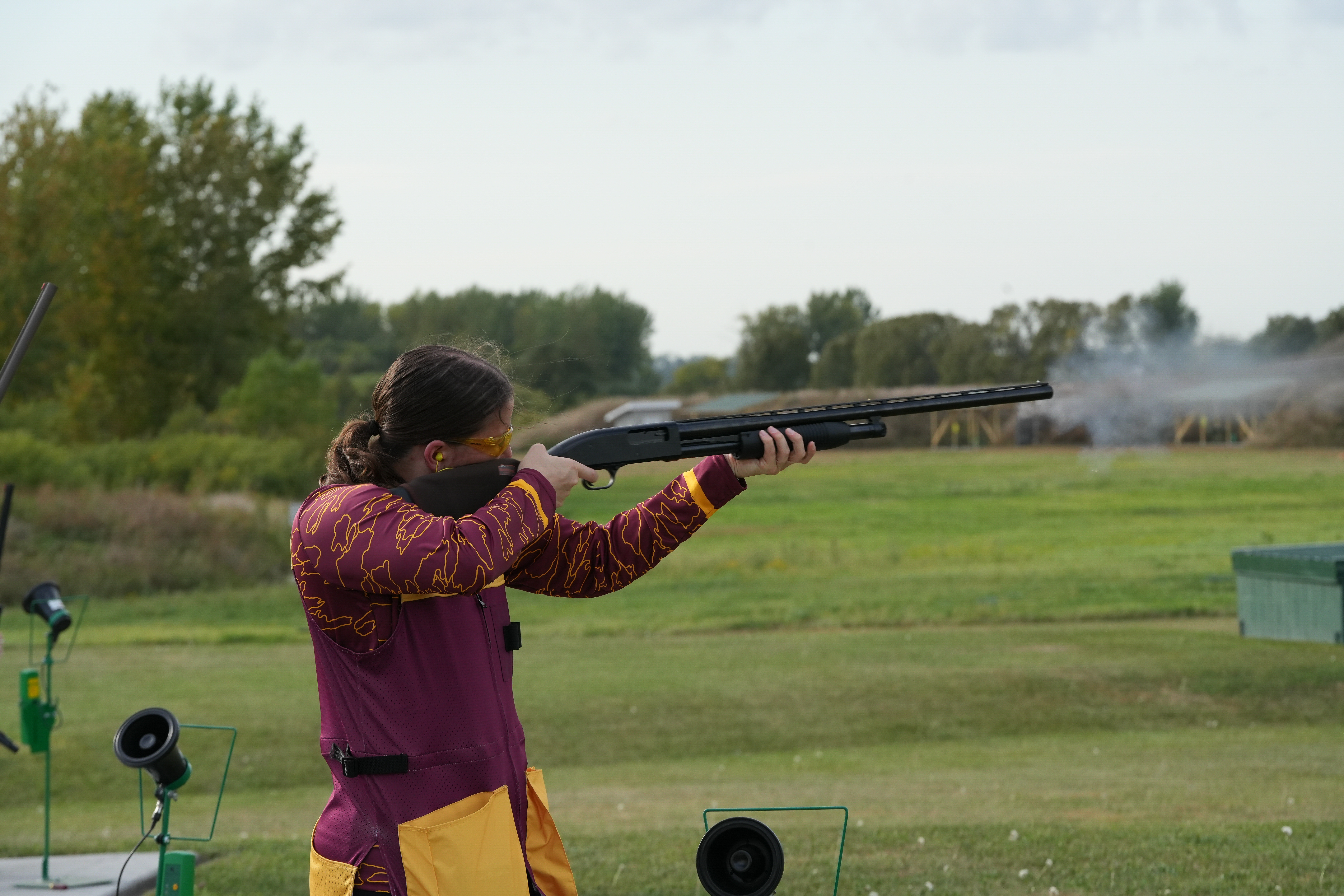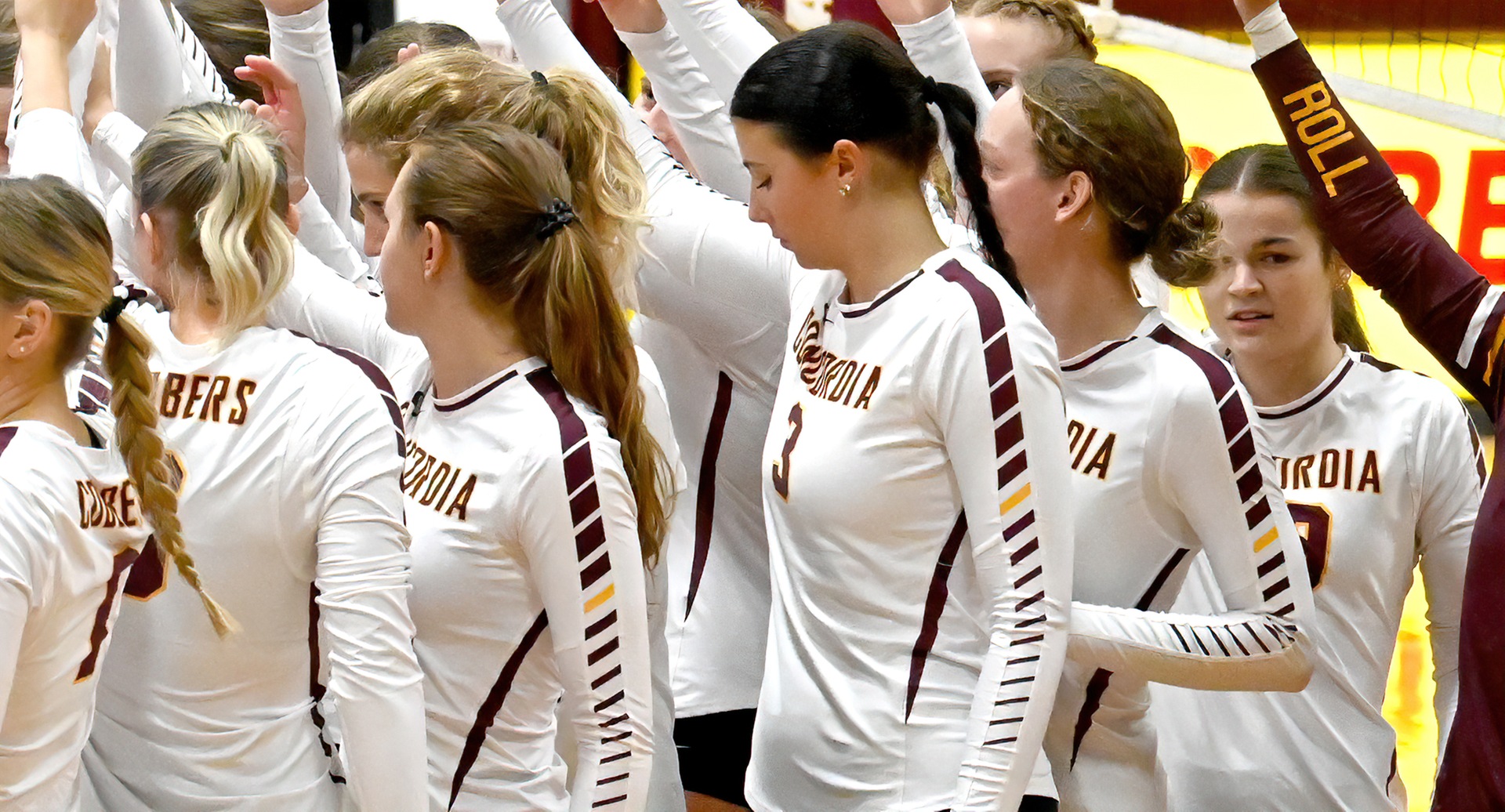Research and studies on head injuries in sports have placed the spotlight on hockey and football. However, new findings are showing that soccer players are at just as much risk for concussions.
According to a recent study in the Journal of Athletic Training, boy’s soccer produces 22 concussions and girl’s soccer produces 36 for every 100,000 high school games or practices. Only football’s 47 ranks higher.
As a result of all the new findings about the risks and widespread repercussions of head injuries in young athletes, many states are adding new procedures and regulations to protect players.
The state of a Minnesota has updated their state law which mandates better education, treatment, and safety regarding concussions for players through the age of 18.
During his time as a trainer in Concordia’s athletic department, Scott Allen has seen a fair number of head injuries. In fact, for every season Allen has been here, at least one soccer player has experienced a concussion.
A concussion is an injury to the brain resulting from an impact to the head. Symptoms include loss of consciousness following the initial trauma, headache, nausea, vomiting, blurred vision, short term memory loss, confusion, fatigue, sensitivity to light and concentration problems.
In terms of treatment, concussions used to be graded on a scale of one to three and the injured player’s spell on the sidelines was determined by that. Athletes used to be able to return to play even a few minutes after an injury.
Allen has always taken any type of head injury very seriously and makes a point to remind teams and players of that every season.
“It’s not an injury athletes can see,” Allen said. “They underplay it, so as soon as they are symptom free they think they are completely healed.”
With more information coming out about the seriousness of this type of head injury, the treatment process has changed as well. The Minnesota Intercollegiate Athletic Conference has its own concussion policy, including a form which all athletes must sign saying they will be honest and report any head injury or trauma symptoms to trainers and staff.
In order to come back from a diagnosed concussion and be ready to play, athletes must pass a clinical check as well as a baseline concussion impact test on a computer. The test is taken before the season when an athlete is injury free, and then after a head injury they must meet their baseline score from the initial test.
The way back can be lengthy as there is a progression to the testing. The injured athlete must be symptom free in each stage of the process. The progression is spread out, as an athlete is only allowed to do an activity and test once every 24-48 hours depending on their individual results.
Senior Riley McGlynn was concussed last year during a soccer game in St. Louis. He was running in the open field, and the opposing team’s goalie jumped into him, smashing McGlynn’s head within the opening minutes. McGlynn was out cold on the ground.
“I couldn’t remember anything immediately afterwards,” McGlynn said. “I couldn’t remember where we were, who we were playing, who we played the day before. I was just confused.”
McGlynn had to be constantly reminded of his location, told multiple times how his injury occurred, and told what happened the day before.
“I didn’t remember anything for the first 45 minutes or so after. The first thing I remember was the fact that I was having a hard time remembering anything,” McGlynn said.
In the days following, McGlynn had a hard time focusing and was bothered by a constant headache, but had no nausea or feelings of being sick. He ended up missing a week of his season, including two games.
Another soccer player, Kristian Reiersgord, suffered a concussion on Sept. 4 this season. Reiersgord was actually hit twice before having to come off the field.
“I remember sliding into the guy, he tried to jump over me, and his knee hit me right below the eye,” he said of his first blow to the head. As for the second, “I remember jumping for a header, then being on the ground,” he said.
Reiersgord recalled that at first he felt okay to continue to play, but it was probably good that he didn’t.
“I was very confused,” he said. “I felt a little hurt, but not terribly bad, I wanted to go back in… I’m pretty sure I was pretty bad.”
Unlike his teammate, Reiersgord was never unconscious, though his symptoms were very different.
“It was a weird feeling [in class], like I wasn’t in the right place… I couldn’t concentrate in class, watching movies and reading, I didn’t understand what was happening,” he said.
He was “out of it” in his words, and was very sensitive to light as demonstrated by his need to wear sunglasses indoors for a couple days
Concussions don’t affect people in the same way. Symptoms vary which makes this type of injury so difficult to treat as well as predict over the course of its progression.
Allen has always been a fan of being cautious with these injuries and supports the updated regulations and ways to treat them, but doesn’t agree with all of it.
“Sometimes it’s like throwing a blanket over it, people get clumped in that don’t need to be, and I think there’s a middle ground that’s being overlooked,” he said. “Let’s say you get hit in the head and in 25 minutes you are symptom free and feel great, you still have to go through the entire process.”
That’s not to say those extra precautions aren’t without warrant, but that perhaps some of the regulations overlook the individualized nature of this type of injury. Allen believes that protecting student athletes is a priority.
“Guys making millions and millions of dollars are being taken care of and treated very seriously,” he said. “Athletes in college are spending a lot of money on an education; I don’t see why we can’t take care of them in the same way.”













Be First to Comment